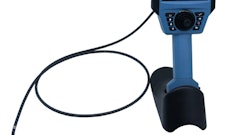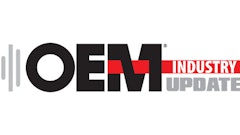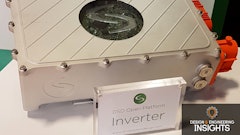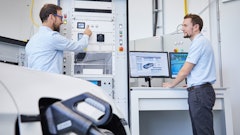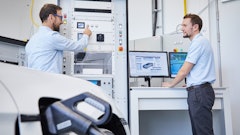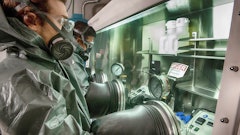![8042 23 Dsc2132 Copy Bearb Cmyk Hintergr Unscharf 02 (002)[1]](https://img.oemoffhighway.com/files/base/acbm/ooh/image/2023/10/8042_23_DSC2132_copy_bearb_CMYK_Hintergr_unscharf_02__002__1_.653bdc00097dc.png?auto=format%2Ccompress&q=70&w=400)
Freudenberg Sealing Technologies, a supplier of components and sealing systems for the electric vehicle industry, has added a state-of-the-art battery testing laboratory to its R&D laboratories at its North American headquarters in Plymouth, Michigan. The multimillion-dollar investment will facilitate in-house battery and battery component testing, including simulated thermal runaway, and will increase the company’s functional knowledge and product development capabilities in the field of electric vehicles (EVs). Simulation tests that replicate battery cycling scenarios are also possible in the new laboratory. Freudenberg Sealing Technologies' new laboratory will allow engineers to observe thermal runaway and other operations, as they take place and incorporate data generated during these tests into their research and development activities.
“Freudenberg Sealing Technologies leverages its’ experience in sealing, material design, component design, and manufacturing to provide solutions across all of the industries it serves,” said Chad Bauer, Senior Vice President of Technology and Innovation for the company. “This battery laboratory will help provide valuable insight and the data needed to design solutions for EV products. Our material development experience with fire and thermal applications began more than 20 years ago with our aerospace products and we continue to build upon this knowledge for EV applications.”
Strength & Sustainability
The new laboratory includes two eight-by-eight-by-eight-foot, steel test chambers located in a reinforced test room. These chambers house the cells, modules, or batteries during test and have been designed by explosives experts. They are rated to withstand thermal events in single cells, modules, and battery packs up to 25 kWh – the energy equivalent of several pounds of TNT. The company has installed 9v 100amp low voltage charging, as well as 800v, 600amp high voltage charging capabilities in the test room. The test chambers are additionally equipped with multiple video cameras and a sophisticated data acquisition systems that operates with over 100 input channels and captures the data in excess of 60Hz, or 60 data points per second. The company can evaluate various operating conditions including thermal runaway caused by battery punctures, overheating, and overcharging in these test chambers.
In keeping with the company’s commitment to environmental stewardship, Freudenberg Sealing Technologies has also installed an advanced multi-stage exhaust system that removes the gases and particulates that escape from the batteries during thermal events. The system exceeds current requirements by incorporating a quencher to cool gases and remove particulates as well as a two-phase scrubber stack and rooftop charcoal filtration system to ensure that exhaust from the testing procedures is thoroughly filtered and safe before being exhausted.
Safety First![8042 23 Dsc1991 Copy 2 Bearb Cmyk (002)[1]](https://img.oemoffhighway.com/files/base/acbm/ooh/image/2023/10/8042_23_DSC1991_copy_2_bearb_CMYK__002__1_.653bdbb83c616.png?auto=format%2Ccompress&fit=max&q=70&w=400) Freudenberg Sealing Technologies
Freudenberg Sealing Technologies
Freudenberg consulted with design and construction specialists when developing the new laboratory and safety was a top priority. The company installed steel-reinforced concrete walls at the back of the laboratory and explosion pressure vents within the exhaust system to maintain safety both within and outside of the laboratory and building. The test chambers are equipped with numerous sensors to monitor pressure, flow, and gasses. Water sprinklers and CO2 suppression gas were installed throughout the laboratory. Interlocking laboratory doors that are closed during testing, a back-up generator and personal protection equipment were also considered crucial to safe lab operation.
“We are working with heat, pressure, gasses and fire in this laboratory,” said Heather Shuman, mechanical laboratory manager for Freudenberg Sealing Technologies in the Americas. “We have placed high emphasis on establishing and continuously reviewing safety protocols and emergency protection plans. An important aspect of how we conduct battery testing is how safely we do it. Battery events can be dangerous, but we are equipped so we can conduct this research safely and responsibly.”
New Data for Better Batteries
The new battery testing laboratory complements the company’s existing battery, H2 electrolyzer, and fuel cell testing capabilities. Data generated during battery testing in the test chambers will improve the company’s functional battery knowledge, support company and customer product development activities, and shorten development cycles.
Freudenberg Sealing Technologies is one of the first component suppliers to install battery testing along with thermal runway capability in North America, Bauer said. Key to growing its battery knowledge and supporting its customers, the battery testing laboratory also opens new opportunities for deeper collaboration with customers and suppliers on engineering and design challenges, material research and new technologies for the EV industry.
“Our new lab enables us to conduct testing of different cell chemistries, cell types, battery configurations,” said Bauer. “This allows us to learn and gather data to use with the development of our products and materials – materials that can benefit many industries and many applications. Going forward, we will better understand what the customer needs and where we can offer more support with an evolving market and product portfolio.”

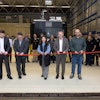
![Deutronic Dbl 1903 14[1]](https://img.oemoffhighway.com/files/base/acbm/ooh/image/2023/10/Deutronic___DBL_1903_14_1_.6528568875a4e.png?auto=format%2Ccompress&fit=crop&h=100&q=70&w=100)
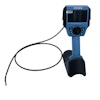
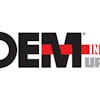
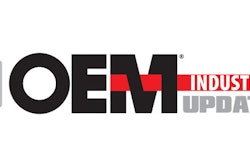
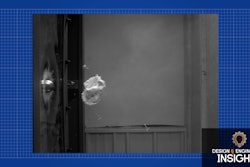
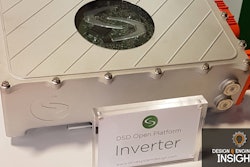

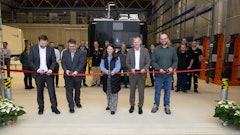
![Deutronic Dbl 1903 14[1]](https://img.oemoffhighway.com/files/base/acbm/ooh/image/2023/10/Deutronic___DBL_1903_14_1_.6528568875a4e.png?ar=16%3A9&auto=format%2Ccompress&fit=crop&h=135&q=70&w=240)
